Content
Relatively recently, 25-30 years ago, only a white-fruited variety of zucchini was grown in domestic gardens and vegetable gardens. But now they are seriously pressed by another - zucchini. This vegetable also belongs to the pumpkin family, is a squash, but somewhat improved, first of all, by Italian breeders, and later by scientists and gardeners of those countries where it began to be actively cultivated. Zucchini is rapidly gaining popularity due to its original properties and qualities. Among them are extremely useful and noteworthy, most of which will be discussed in detail below.
Zucchini zucchini - description and properties
Zucchini squash is a type of common pumpkin, has a bushy structure and relatively large cylindrical fruits, usually green or various shades of color. Zucchini squash is an annual plant that is quite unpretentious when grown, however, a little more demanding than regular squash.
The name of the vegetable comes from the Italian "zucchini", which loosely translated literally means "a small or small pumpkin." Zucchini got its properties in Italy, although initially, like all zucchini, it comes from Central America, and specifically from Mexico.
Zucchini zucchini have many of the properties inherent in traditional zucchini, but they also have distinct differences that make it an "improved" version of the zucchini:
- a more compact plant form that takes up less space in the garden or vegetable garden;
- a more delicate taste that allows you to eat the fruits even raw without heat treatment, which is impossible in the case of zucchini;
- as a rule, bright fruit color ranging from pronounced dark green to golden, as well as options with a striped color;
- early, in comparison with ordinary zucchini, fruiting dates and a significantly higher yield (2-4 times);
- low calorie content and high taste of zucchini fruits, making them one of the essential components of many different diets.
Differences of conventional white-fruited zucchini and zucchini zucchini by the above examples are far from being exhausted, but the general conclusion can be drawn already now: zucchini zucchini are one of the most attractive varieties of this vegetable, their rapid distribution and growing popularity among domestic gardeners is by no means accidental.
Features of growing zucchini
Zucchini squash is somewhat more demanding than regular squash. To grow them, you must select the following areas:
- well lit or with diffused sunlight;
- with loose sandy loam soil, which has a normal acidity index (such soils are preferable for all pumpkin seeds).
Soil preparation and planting
When preparing the soil and planting, the following important agrotechnical points should be considered:
- It is better to start preparing the soil for zucchini zucchini in the fall, digging up the area planned for spring planting with the addition of organic (rotted manure) and mineral (superphosphate) fertilizers. If necessary, wood ash is added to reduce the acidity of the soil;
- zucchini squash is usually planted after its predecessors, the best of which are legumes, nightshades (primarily tomatoes) and cabbage. Planting after pumpkin plants is not recommended in order to avoid various diseases;
- before planting, the soil is dug again, fertilizers can be additionally applied and the soil is disinfected (respectively, ammonium nitrate and potassium permanganate solution);
- zucchini seeds are planted directly into the ground even in central Russia. The existing varieties have enough time to mature. Planting is done in mid-May. Planting of film coatings in closed conditions is possible;
The seed planting process is as follows:
- a hole is dug, in which a small amount of soil, wood ash and humus is mixed;
- pre-treated, hatched seeds (two or three) are placed in the prepared hole. After germination, weak shoots are removed, only one, the strongest and most developed, remains. This is necessary since the vegetable needs sufficient space;
- for the same reason, the next hole is made at a distance of at least 0.5 m;
- planting depth of seeds - about 7 cm, in heavy and dense soils - 4 cm;
- after leveling the soil, mulching is performed.
In the case of using the seedling method, 25-30-day seedlings are used for planting. In this case, cups are used to maximize the protection of the roots in order to optimize the survival of the shoots. In this case, landing is made at the end of May - the first ten days of June;
Most gardeners prefer to plant zucchini on high beds, which allows them to receive more heat and accelerates development processes.
Zucchini squash care
Despite the fact that zucchini are more demanding in terms of growing conditions than ordinary zucchini, nevertheless, caring for them is quite simple and easy.
It mainly consists of weeding, slight loosening of the soil and watering of the plant, primarily during flowering and fruit formation.
Also at this time it is quite possible to feed with a small amount of liquid mineral fertilizers (phosphorus-potassium), a little earlier - before flowering - add a liquid mullein. This is not a mandatory measure, but it will slightly increase the yield of the vegetable.
One of the ways to grow pumpkin crops, in particular zucchini, is shown in the video:
Collection and storage of fruits
There are several stages of maturity of the fruits of the vegetable in question.
In the case of fresh consumption, the fruits are ripped off approximately when they reach a weight of no more than 0.5 kg at the stage of "milk" maturity. The next stage - technical maturity - comes when the fruits are ripe, but the seeds are not fully ripe. In this case, zucchini are suitable for culinary processing, as well as further storage.
If seeds are to be obtained, the fruit must be fully ripe. This usually happens when the whips turn yellow and the stem dries up.
The best varieties
A variety of zucchini marrow varieties are suitable for growing in domestic conditions.
Aeronaut
Like most relatives, it has a compact bush structure with a small number of forming lashes. Aeronaut belongs to early maturing varieties, can be grown in any type of soil, both indoor and outdoor. Sufficiently productive (7 kg / sq. M) variety, it is universal, as it is edible in any form. The fruits have a characteristic dark green color, sometimes they have a pattern in the form of small light green dots. The size of the fruit is quite large, it can weigh up to 1.3 kg. The variety is rightfully considered one of the most popular in Russia, which is achieved by a combination of taste characteristics, yield and unpretentious cultivation.
Tsukesha
The variety has, in addition to a remarkable and funny name, several other undoubted advantages. These include:
- high yield (12 kg per bush);
- versatility (can be used fresh, after heat treatment, suitable for salting and canning);
- the ability to preserve taste and not become rude in case of overgrowth (convenient for gardeners who visit the site only on weekends);
- ability for long-term storage.
In addition, Tsukesha belongs to the early maturing varieties, adapted for growing in the open field, but it also allows indoor, the fruit weight rarely exceeds 1 kg.
Zebra
Due to its extremely original fruit color, Zebra is one of the most famous among gardeners. But the color of the variety is far from being exhausted. It is quite fruitful (9 kg / sq. M), early maturing (the first harvest - after 38 days), has fruits of a classical shape in the form of a cylinder, with a slightly ribbed surface structure. The fruits themselves rarely exceed 0.6-0.7 kg in weight and are remembered by everyone, of course, by the characteristic pattern inherent in this variety, which consists of alternating stripes of dark and light green color.
Sir
The zucchini variety has gained popularity due to its high yield. In addition, it belongs to the early maturing (harvest - 35 days), has a compact bush structure, as well as a small size of the fruit, which rarely exceeds the weight of 0.6-0.7 kg. The variety has an original color and a ribbed structure of the fruit surface.
Zolotinka
The name of the variety perfectly reflects its main external feature - a wonderful pronounced golden color. It is an early ripening variety, has fruits of a regular oval shape, relatively small in size. It belongs to high-yielding varieties, usually the bush bears up to 15 fruits, the average weight of which is about 0.5 kg. Some fruits grow up to 1 kg or more. Can be grown both indoors and outdoors.
Conclusion
The best zucchini varieties will not only allow you to get a great harvest, but also achieve it without undue effort and time. Many prepared various dishes will be a worthy reward for gardeners who decide to grow such a remarkable and original vegetable.
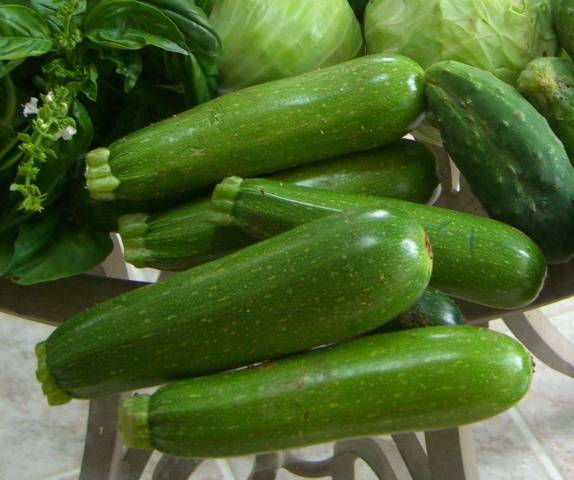

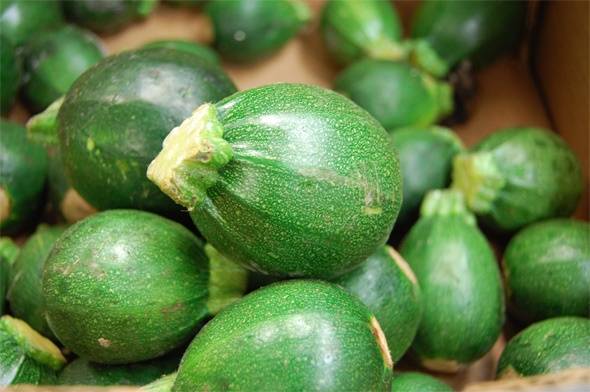
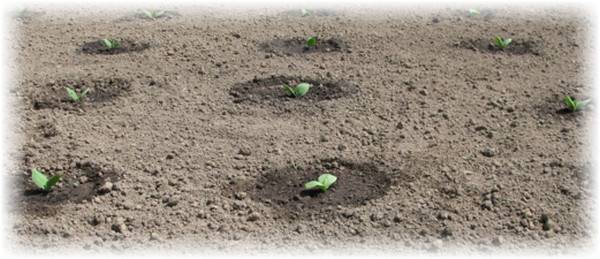
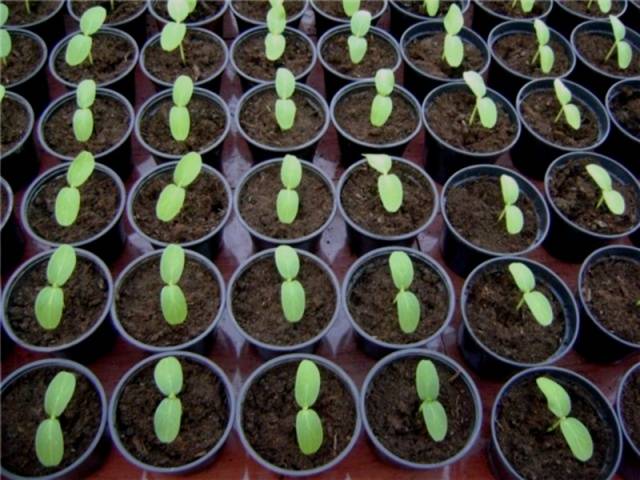
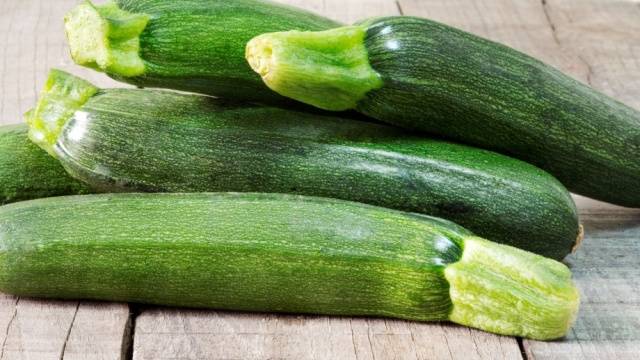


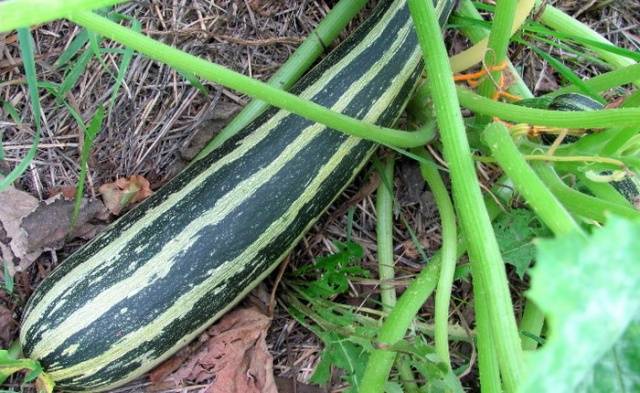
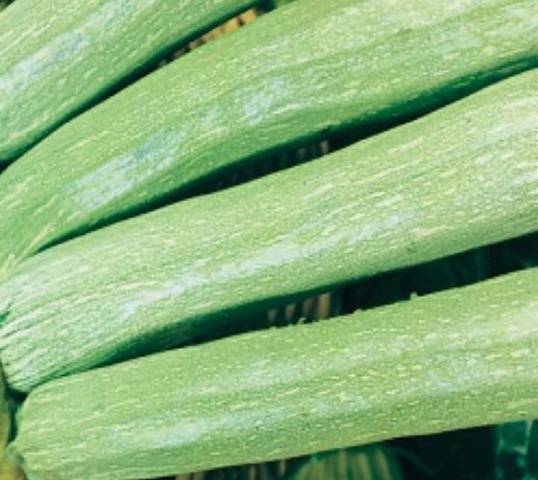










Zucchini for Siberia.